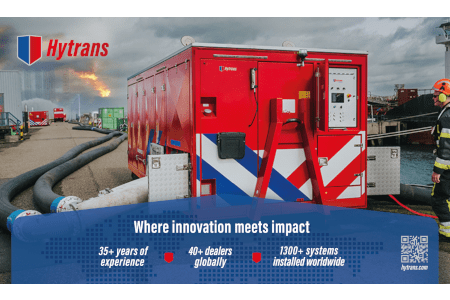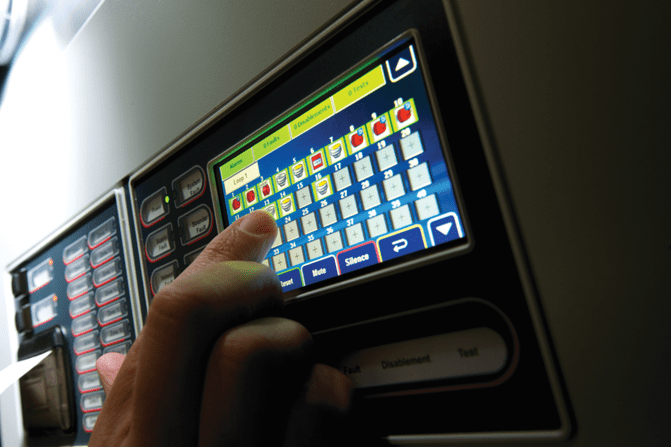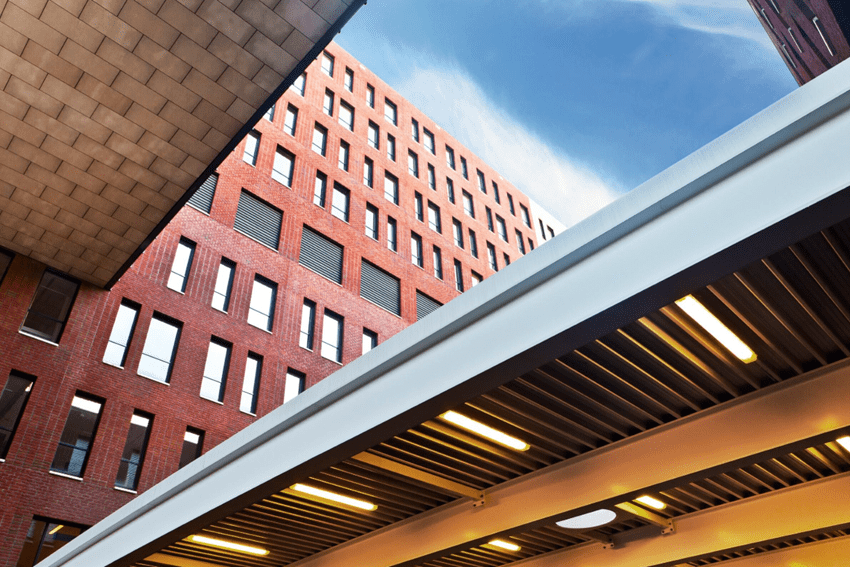Fire Buyer Editor Louis Curtis explores some of the suppression systems in place to help best protect important property
Even with all the advances made in fire safety technology and procedures in recent years, property still continues to be needlessly destroyed by fire. Of course, assuming that we will reach an age where fires are a thing of the past is a fool’s gambit, but currently it seems that too many buildings and properties fall victim to what inquests reveal to be easily preventable measures. The proper installation of even the most rudimentary suppression systems in a public building can be invaluable in preventing long-term damage to the property and can even aid in other more indirect ways, like helping to disperse harmful smoke from the area. When combined with other fire safety measures, like a smart alarm system and properly installed fire doors, any commercial or large-scale building becomes nigh-impregnable to fire.
The immediate and hidden benefits of fire suppression systems formed a central talking point at the International Water Mist Association Conference, held late last year in Madrid. Featuring a host of water suppression experts and scholars all under one roof, the event serves as the perfect forum to compare results from water-based suppression system tests, especially pertaining to water mist, and formulate plans for the future.
Water mist is an intriguing development within the suppression space, offering the same amount of extinguishing ability as conventional droplet suppression (some would argue with much better results), while using much less water than the previously mentioned systems. While this is not only a more environmentally-friendly option for businesses and probably works out to be cheaper in the long run, another huge boon for water mist suppression is that it is able to be deployed in areas where droplet sprinklers would damage equipment and infrastructure. Some ideal applications for water mist systems include in data rooms, where damage to the server computers caused by water can be absolutely catastrophic to businesses and critical infrastructure. Thankfully, the data itself is very easy to retrieve these days; it’s more the combined damage to rows upon rows of expensive, powerful machines that is the biggest casualty felt in the case of fires in these rooms. The companies to go to for protecting your data centres from both the elements of fire and water include Tyco Fire Protection Products, Aquasys and Danfoss Semco.
It’s not just modern buildings with the latest in cutting-edge technology that benefit from this protection though – heritage sites such as churches and historical buildings also benefit. Due to the delicate nature of their construction and the materials used in them, it would be prudent to reduce the chance of water damage to the structure, which in this case can be just as devastating as fire damage. Examples of companies that specialise in protecting heritage sites with their suppression technology include Marioff and Johnson Control.
There’s no better example of this than the tragic Notre Dame fire that occurred in 2019. Despite having plenty of renovations and innovations built upon the foundation of the cathedral since its initial construction in the 12th century; none of those included fire curtains or fire suppression technology. The result of this neglect speaks for itself. What’s perhaps the most tragic part of all, however, is that the timber used to construct Notre Dame is nigh-on impossible to find today, as the trees of which the timber came from no longer grows to the same sizes and strength as it did in the 12th century. Really, I could not have picked a better example of the exact kind of clientele that water mist suppression provides the greatest benefit for.
To read the rest of this feature, see our latest issue here.
Never miss a story… Follow us on:
![]() International Fire Buyer
International Fire Buyer
![]() @Firebuyer
@Firebuyer
![]() Fire Buyer
Fire Buyer
Media Contact
Louis Curtis
Editor, International Fire Buyer
Tel: +44 (0) 1622 823 922
Email: editor@firebuyer.com








